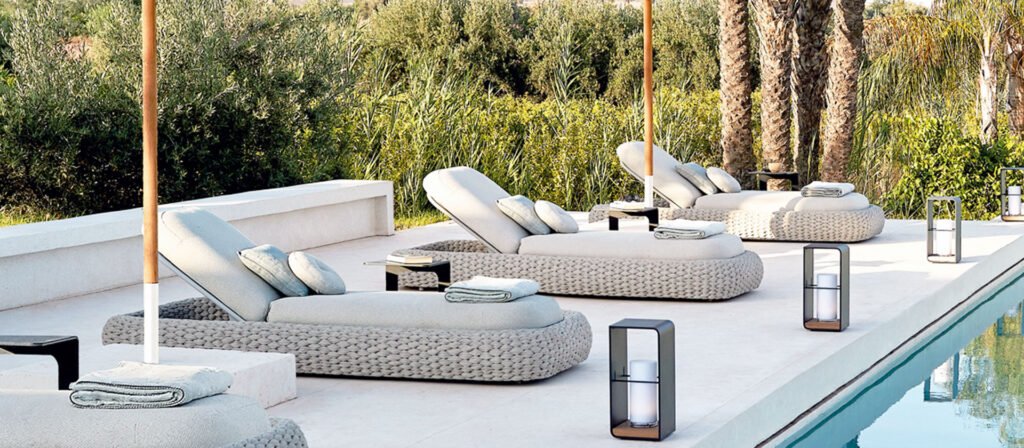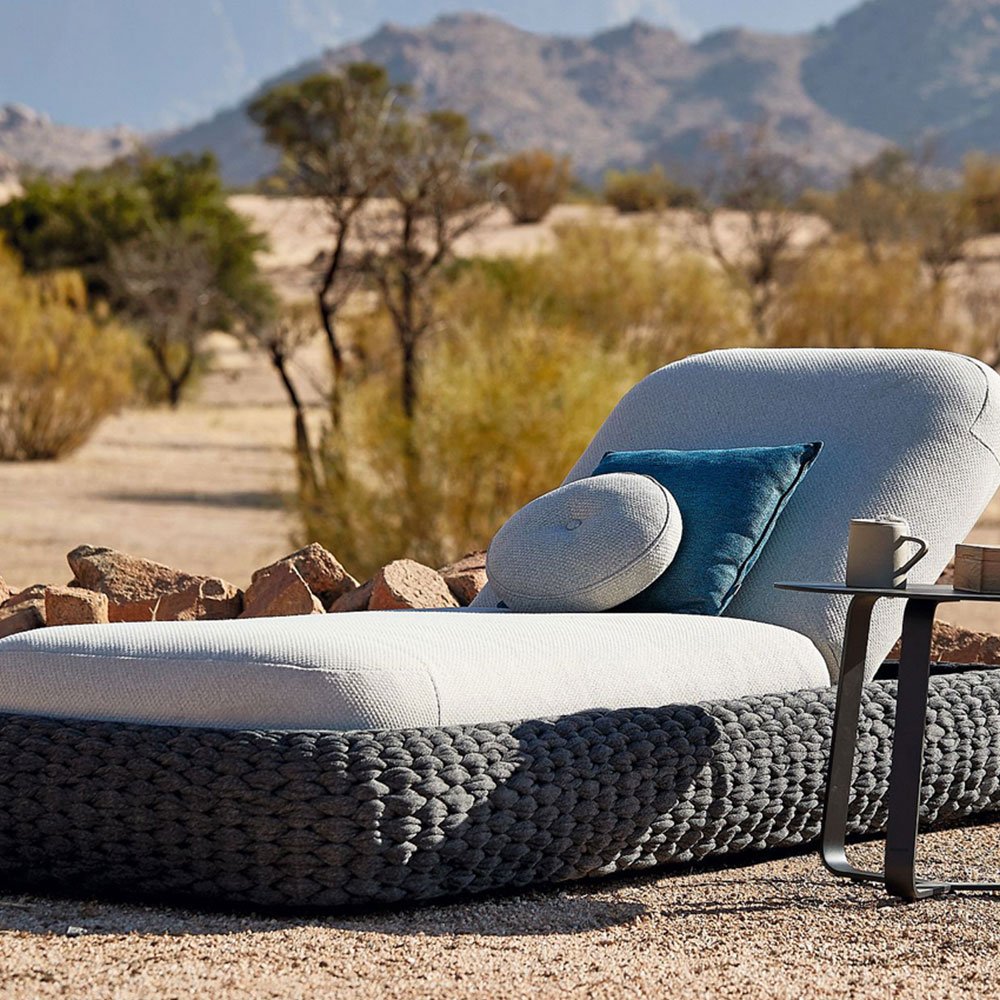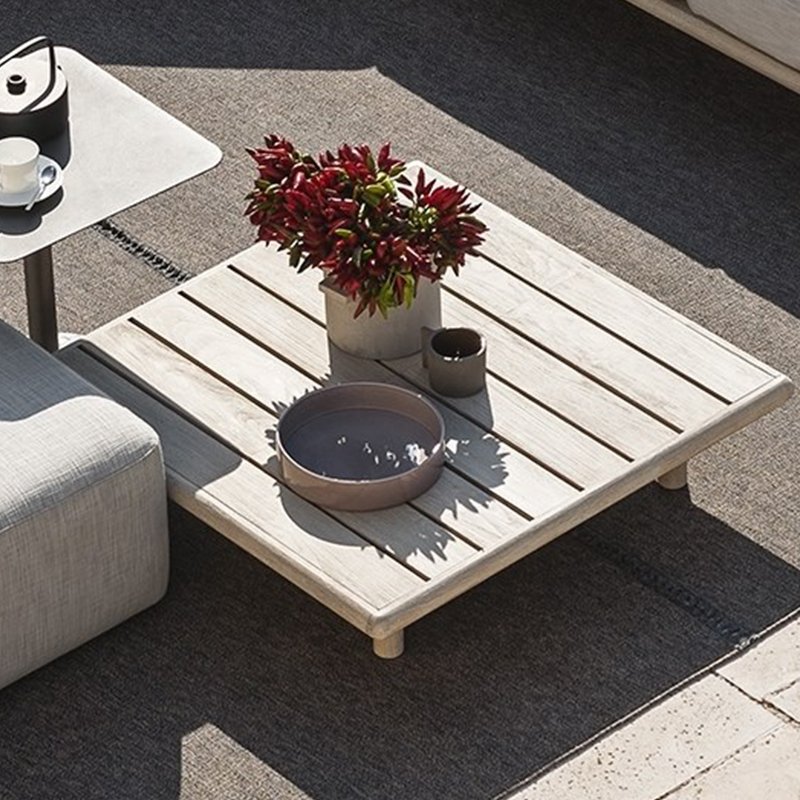Why Cats Love Your Outdoor Furniture
If you’re a cat owner, you might be wondering how to keep cats off outdoor furniture without hurting them. Cats love lounging on chairs and scratching cushions, but with a few humane strategies, you can protect your patio furniture effectively. Cats naturally seek warm, sunny, elevated spots that make them feel secure. According to PetMD, scratching is a way for cats to mark their territory and relieve stress.
While it might look cute at first, these behaviors can lead to damaged furniture, lingering odors, and fur buildup. Fortunately, there are gentle, science-backed ways to keep cats off your two chair patio set without harming them.
Understanding Cat Behavior: The Key to Humane Prevention
Before taking any action, it’s crucial to understand why cats behave this way. Scratching and lounging are not acts of defiance—they are instinctive behaviors driven by comfort and instinct.
- Sharpening claws: Scratching removes dead outer layers from their claws.
- Scent marking: Cats have scent glands in their paw pads, releasing pheromones to claim territory.
- Seeking safety: Elevated or soft furniture surfaces make cats feel secure.
The ASPCA warns that punishment or scare tactics can increase anxiety, often worsening the behavior. Instead, redirection and positive reinforcement are far more effective.

Gentle and Smart Ways to Keep Cats Off Furniture
1. Use Natural Scents Cats Dislike
Cats are extremely sensitive to smell. They dislike citrus, lavender, vinegar, and eucalyptus scents.
You can easily make a DIY natural repellent spray:
- Mix lemon juice, white vinegar, and water in a spray bottle.
- Lightly spray the areas around your patio furniture legs or cushions.
2. Choose Furniture Materials Cats Dislike
If you’re selecting or updating your outdoor furniture, consider materials that are less appealing to cats.
Cats typically prefer to scratch rough or textured fabrics such as linen or wicker. However, they tend to avoid:
- Synthetic rattan: Smooth and flexible, difficult for claws to grip.
- Powder-coated metal: Hard and sleek surface, offering no satisfying texture.
- Sealed hardwood: Coated surfaces reduce claw traction and scratching interest.
These materials are also easier to clean and more resistant to weather, making them ideal for maintaining a neat, fur-free patio.
3. Provide Alternatives and Redirect Behavior
When cats scratch furniture, it’s often because they lack proper alternatives.
Create an inviting cat zone in your outdoor space:
- Place a scratching post or sisal board near their favorite area.
- Add a cozy cat bed or blanket in a shaded corner.
- Introduce hanging toys for enrichment.
International Cat Care notes that providing environmental enrichment—multiple surfaces, textures, and activities—reduces destructive scratching significantly.
4. Use Furniture Covers and Protective Layers
Covering your patio furniture when not in use is a simple and effective deterrent.
Waterproof covers or dense fabric protectors not only keep cats away but also guard against dust, sun, and rain damage.
You can also place temporary deterrents—like aluminum foil or textured mats—on seats; most cats dislike walking on uneven or noisy surfaces.
5. Try Safe, Pet-Friendly Technology
For persistent feline visitors, gentle deterrents can help establish boundaries:
- Motion-activated sprinklers: Emit a quick burst of water when a cat approaches.
- Ultrasonic deterrents: Produce high-frequency sounds that cats find unpleasant but humans can’t hear.

Regular Maintenance and Cleaning Tips
Even with prevention, regular cleaning and upkeep are essential:
- Use a vacuum or lint roller to remove fur.
- Wipe surfaces weekly with mild soapy water to eliminate scents.
- Inspect for small scratches and apply sealant or oil for protection.
Keeping your two chair patio set clean not only maintains its appearance but also discourages cats from returning, since scent marks fade over time.
The Importance of a Kind, Pet-Friendly Approach
Preventing cats from damaging your furniture shouldn’t mean driving them away.
Gentle, humane strategies protect your furniture and support your cat’s emotional well-being. The ASPCA emphasizes that positive reinforcement and redirection foster trust and long-term behavioral improvement.
By understanding your cat’s instincts and using compassionate methods, you create a space where both humans and pets can coexist peacefully.
Conclusion: Enjoy a Clean and Cat-Free Patio
With these simple and humane techniques, you now know how to keep cats off outdoor furniture while ensuring your pets remain happy and safe. By combining natural scents, smart material choices, behavioral redirection, and safe deterrents, you can enjoy a clean, scratch-free patio that both you and your pets appreciate. With patience and consistency, your outdoor furniture can stay stylish and inviting for years to come.
At Outdoor Whale, we understand how much your outdoor space means to you.
Our mission is to help homeowners create elegant, low-maintenance patio areas that combine durability, comfort, and timeless design. Get in touch with us today to discover premium outdoor furniture designed for real life — beautiful, practical, and built to last.
You can contact our team info@ligointl.com directly for product details, customization options, or professional outdoor design advice.
Outdoor Furniture Maintenance & Care
- How to Care for Teak Outdoor Furniture: A Complete Guide for Long-Lasting Patio Style
- The Ultimate Outdoor Sofa Maintenance Guide
- The Ultimate Guide to Outdoor Dining Chair Maintenance and Care
- All Season Care: How to Care for Your Outdoor Furniture?
- How to Maintain and Care for Your Outdoor Daybed
- Maximizing Comfort: Tips for Making Your Outdoor Sofa Extra Cozy
- How to Choose High-Quality Outdoor Furniture: Create a Comfortable Outdoor Space
- Why choose all-aluminum outdoor furniture?
- Why an Outdoor Daybed is the Perfect Addition to Your Patio


